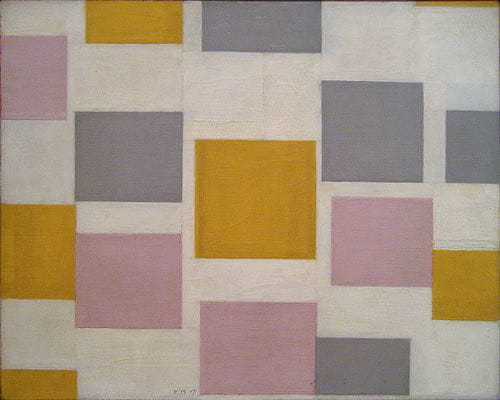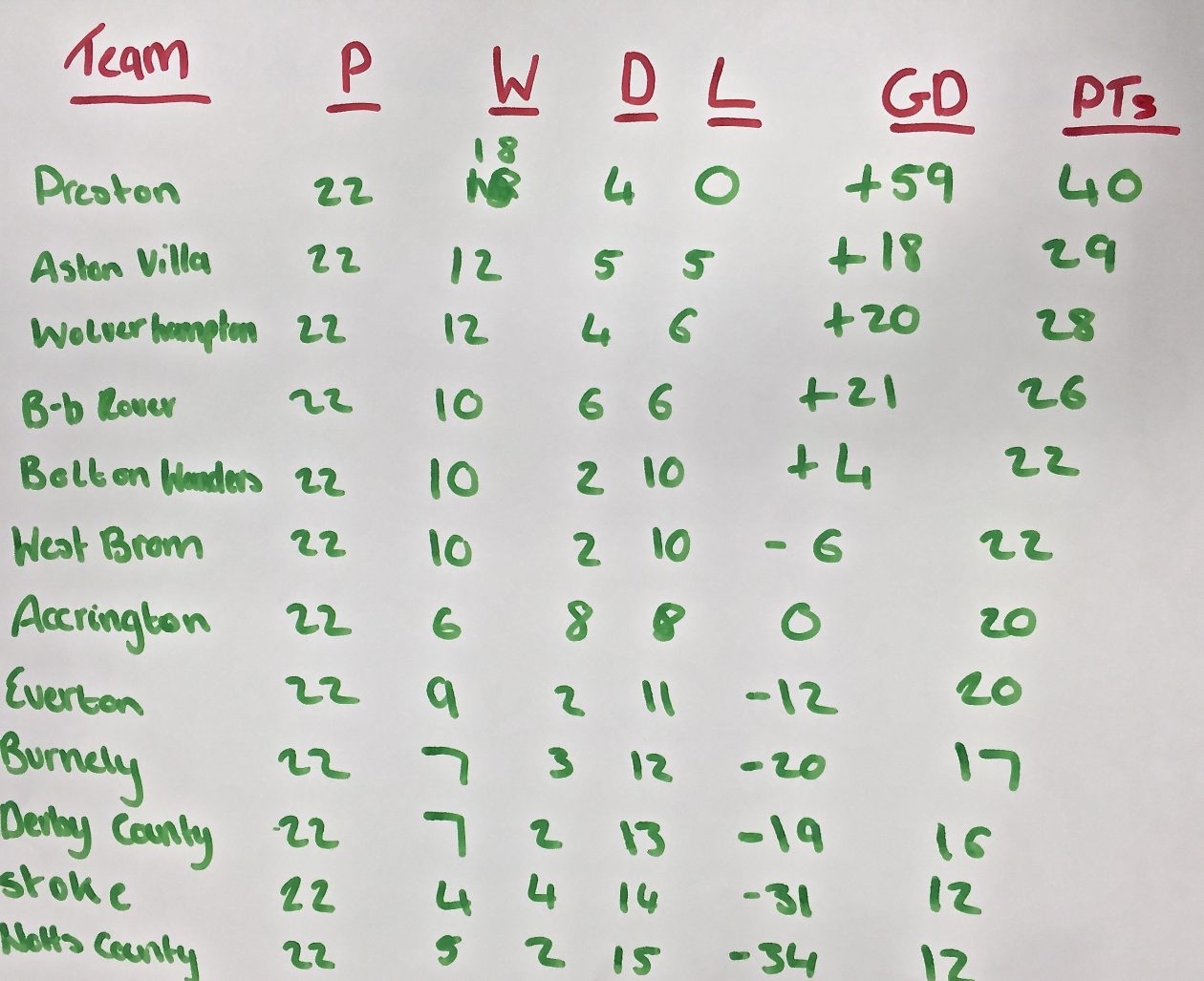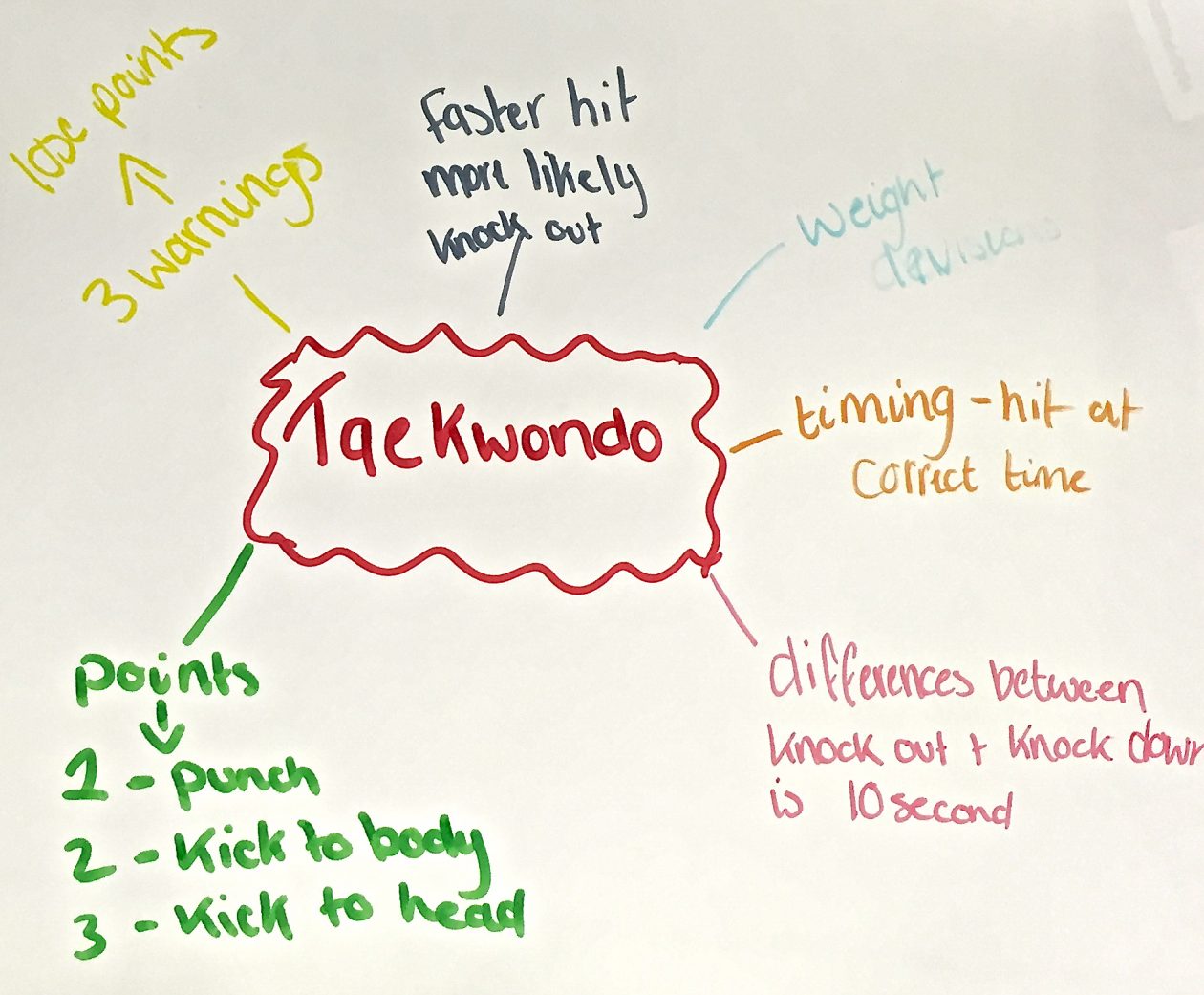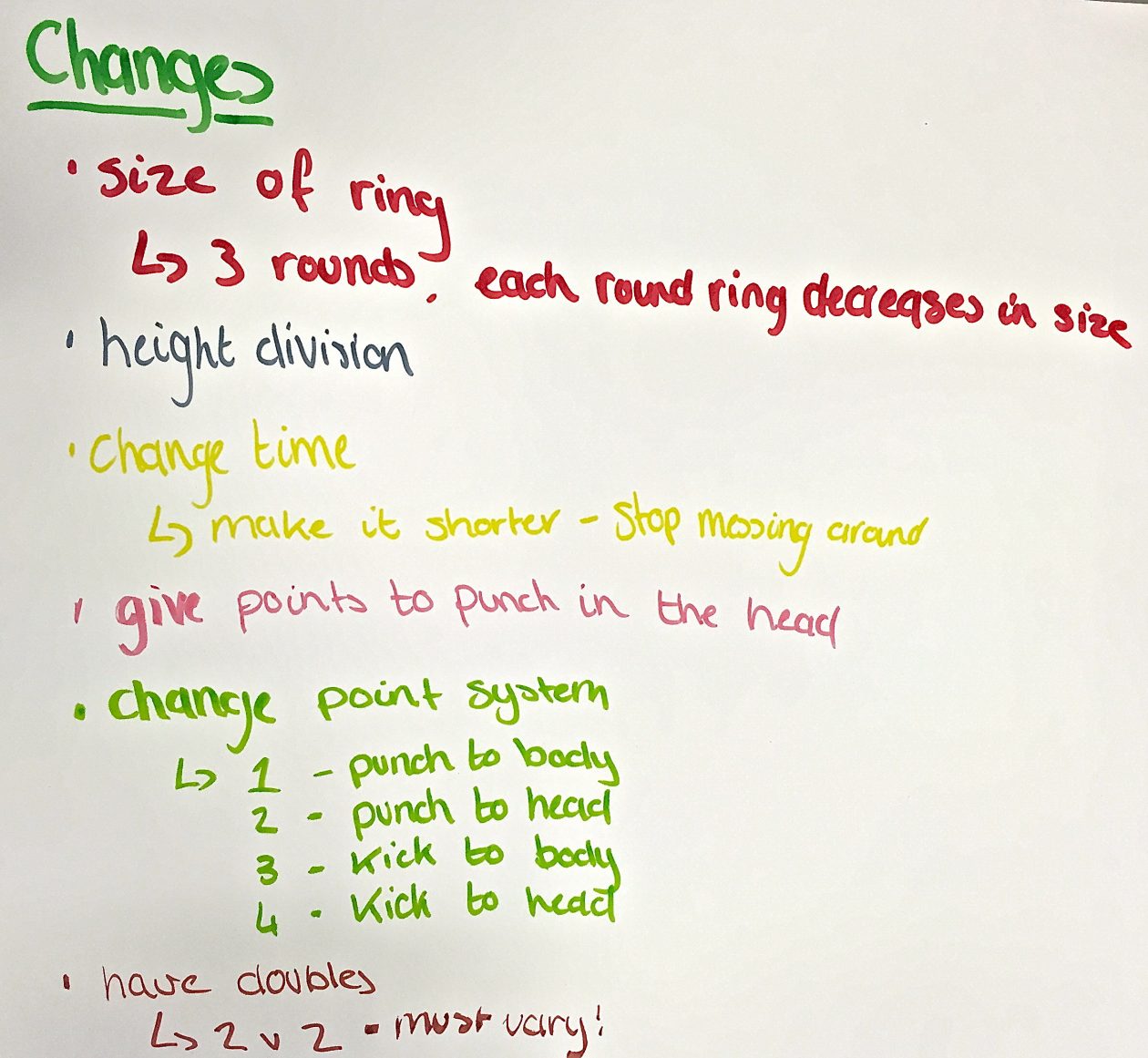Time. Something that we use every day of our lives. How could we possibly live without it? Everything we do is based on time, when we wake up; when we eat; when we go to work; when we sleep; when we catch the bus. But have you ever stopped and thought to yourself about the history of time?
Before Clocks
There was a period of time before mechanical clocks, when telling the time wasn’t as easy as looking at your watch or checking your phone. Mechanical clocks were first seen in the early 14th century, and the first accurate pendulum clocks were brought in in the mid-16th century (Bellis, 2017, a). So how did people tell the time with no clocks?
One of the earliest ways to measure units of time were sundials. As the sun moves from East to West, the shadows formed on the sun dial show the time. Sundials were first used by Ancient Egyptians. The Egyptians built a t-shaped sundial that consisted of a crossbar and a vertical stick. 5 hours were written on this stick. The stick would be placed facing east in the morning and placed facing west in the afternoon (Marie, n.d.). It was quickly noticed that the length of the day varies at different times of the year, due to the tilting of the earth’s axis (Rogers, 2011). If this was not accounted for, then the sun dial would not display the correct time, and each week would have different times as the earth moved around the sun. By the 10th century, pocket sundials were being used (Bellis, 2011,a).
To compensate for the inaccuracy of sundials, water clocks were invented. The earliest water clock to be discovered dates back to 1500 B.C., however, the Greeks started commonly using them around 325 B.C. (Bellis, 2017, b). The two most common water clocks were either: stone vessels with sloping sides that allowed water to drip at a constant rate from a small hole near the bottom; a bowl-shaped container with markings on the inside that were used to measure the passage of ‘hours’ as water filled into the container; or a metal bowl with a hole in the bottom. The bowl would fill with water and sink within a certain time (Bellis, 2017, b).
This video shows one of the most intricate designs of a water clock. This water clock is known as ‘The Elephant Clock’ and was built by Al-Jazari; a scholar, artisan, mechanical engineer, and inventor, from the 13th century (Georgievska, 2017). This clock was 22 feet high and would move and made a sound every half hour or hour, depending on the size of the bowl inside the elephant. Inside the elephant was a timing mechanism and basin. Inside the basin there is a bucket, and inside the bucket is a bowl with a small hole in the base, that floats in water. After half an hour, the bowl would be full and would pull a string attached to the top of the elephant. This would cause the see-saw mechanism to release a ball that fell into the serpent’s mouth. When the serpent leaned forward, his weight pulls the bowl out of the water. When this happens, the other figures begin to move, and the driver of the elephant hits his drum. The serpent then returns to his original position and the cycle happens again (Georgievska, 2017).
Mechanical clocks took over from water clocks in the early 14th century. At this time, they began to appear in public places such as in towers. The first accurate mechanical clock was invented in 1656 by Christiaan Huygens. He created the first pendulum clock that had an error of less than one minute per day. With further adjustments, that error was reduced to less than 10 seconds per day (Rogers, 2011).
Units of Time
There are many different units of time: millisecond, second, minute, hour, day, week, month, year, decade… the list could go on. But how did we decide these different periods of time?

This flowchart illustrates the interrelationships between the major units of time.
Most historians credit the Egyptians to being the first to divide the day into smaller parts. The sundials that they used were split into 12 sections, to measure the interval between sunrise and sunset. This division reflects Egypt’s use of a base 12 system, instead of the base 10 system that we use today. This use of sundial most likely formed the first representation of what we call an hour today.
During the night, Egyptian astronomers observed a set of 36 stars that divided the circle of the heavens into equal parts. The period of total darkness was marked by 12 of these stars, once again resulting in 12 divisions. During the New Kingdom (1550 B.C. to 1070 B.C.), this measuring system was simplified into a set of 24 stars, 12 of which marked the night. Once both light and dark were divided into 12 parts, the concept of a 24 hour day was in place (Lombardi, n.d.).
Hipparchus, a Greek astronomer, geographer, and mathematician, devised the system of longitude lines that encompassed 360 degrees running from north to south, pole to pole. Claudius Ptolemy expanded on Hipparchus’ work by dividing each of the 360 degrees of longitude and latitude into smaller segments. Each degree was divided into 60 parts, each of which was subdivided again into 60 smaller parts. The first division of 60 was called ‘partes minutae primae’ which became known as the minute. The second division of 60 was called ‘partes minutae secundae’ which then became known as the second (Lombardi, n.d.). This is where the concept of 60 seconds in a minute and 60 minutes in an hour derived from. However, minutes and seconds were not used in everyday timekeeping until many centuries after this idea was first introduced. Lombardi (n.d.) says that “clock displays divided the hour into halves, thirds, quarters and sometimes even 12 parts, but never by 60.” It was not practical for the general public to consider minutes until mechanical clocks that displayed minutes appeared at the end of the 16th century.
Standardisation of Time
From 1792, in England, it became normal to use local mean time, rather than time from a sundial. By the 18th century horse drawn coaches were taking mail and passengers across Britain, and the guards on these coaches carried timepieces. Because of the local time differences, these timepieces were adjusted to gain 15 minutes in every 24 hours if travelling west to east and vice versa if travelling east to west (Greenwichmeantime.com, n.d.). The use of local time was beginning to become an inconvenience, and accurate time was beginning to become more essential. By 1844, almost all towns and cities in Britain had adopted GMT, however a lot of railways kept their local time and showed “London Time” with an additional minute hand on the clock. By 1847, the London and North Western Railway and the Caledonian Railway had adopted “London Time”. By 1848, most railways had followed suit (Timeanddate.com, n.d.).
Greenwich Mean Time (GMT) was adopted as the legal time throughout Great Britain on 2nd August 1880. It then also replaced Dublin Mean Time in 1916. GMT was adopted as the international standard for civil time in 1884 at the International Meridian Conference. It was the standard time until 1972 when it was replaced with Coordinated Universal Time (UTC), which is based on the solar time on the prime meridian (0° longtidue) (Timeanddate.com, n.d.).
References
Bellis, M. (2017, a). The History of Mechanical Pendulum and Quartz Clocks. [Online]. Available at: https://www.thoughtco.com/history-of-mechanical-pendulum-clocks-4078405 [Accessed 11th November 2017].
Bellis, M. (2017, b). The History of Sun Clocks, Water Clocks and Obelisks. [Online]. Available at: https://www.thoughtco.com/history-of-sun-clocks-4078627 [Accessed 11th November 2017].
Exactlywhatistime.com. (No Date). Units of Measurement. [Online] Available at: http://www.exactlywhatistime.com/measurement-of-time/units-of-measurement/ [Accessed 10th November 2017].
Georgievska, M. (2017). The Elephant Clock: One of the greatest inventions of the outstanding mechanical engineer Al-Jazari. [Online]. Available at: https://www.thevintagenews.com/2017/05/06/the-elephant-clock-one-of-the-greatest-inventions-of-the-outstanding-mechanical-engineer-al-jazari/ [Accessed 11th November 2017].
Greenwichmeantime.com. (No Date). Railway Time. [Online] Available at: https://greenwichmeantime.com/info/railway.htm [Accessed 11th November 2017].
Lombardi, M. A. (No Date) Why is a minute divided into 60 seconds, an hour into 60 minutes, yet there are only 24 hours in a day?. [Online] . Available at: https://www.scientificamerican.com/article/experts-time-division-days-hours-minutes/ [Accessed 11th November 2017].
Luppino, D. (2015). THE ELEPHANT CLOCK for “Science in a Golden Age” (Aljazeera English). [Online] Vimeo. Available at: https://vimeo.com/146231543 [Accessed 11th Novemer 2017].
Marie, N. (No Date). When Time Began: The History and Science of Sundials. [Online]. Available at: https://www.timecenter.com/articles/when-time-began-the-history-and-science-of-sundials/ [Accessed 11th November. 2017].
Rogers, L. (2011). A Brief History of Time Measurement. [Online] . Available at: https://nrich.maths.org/6070 [Accessed 10th November 2017].
Timeanddate.com. (No Date). Time Zone History of the United Kingdom. [Online] Available at: https://www.timeanddate.com/time/uk/time-zone-background.html [Accessed 11th November 2017].














 stories. Stories are something that are enjoyed by children, and can help eliminate that fear of maths that a lot of children have. They can be used to introduce new mathematical concepts, or to build on ones that are already known. By showing children that maths can be fun and interactive, they will be much more willing to engage.
stories. Stories are something that are enjoyed by children, and can help eliminate that fear of maths that a lot of children have. They can be used to introduce new mathematical concepts, or to build on ones that are already known. By showing children that maths can be fun and interactive, they will be much more willing to engage.